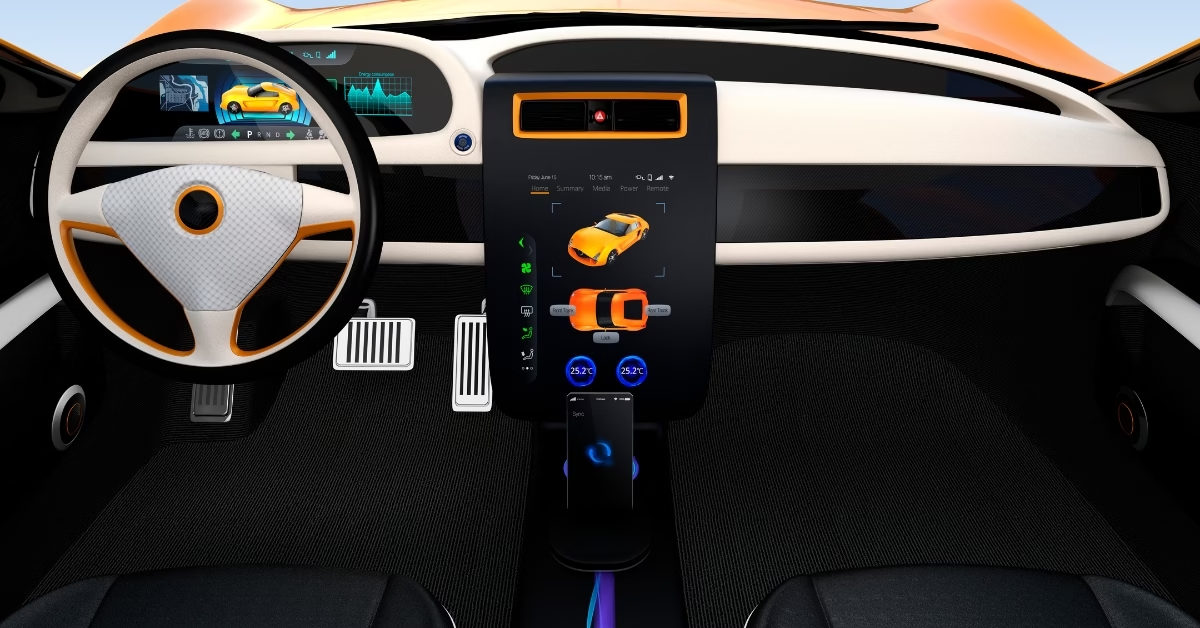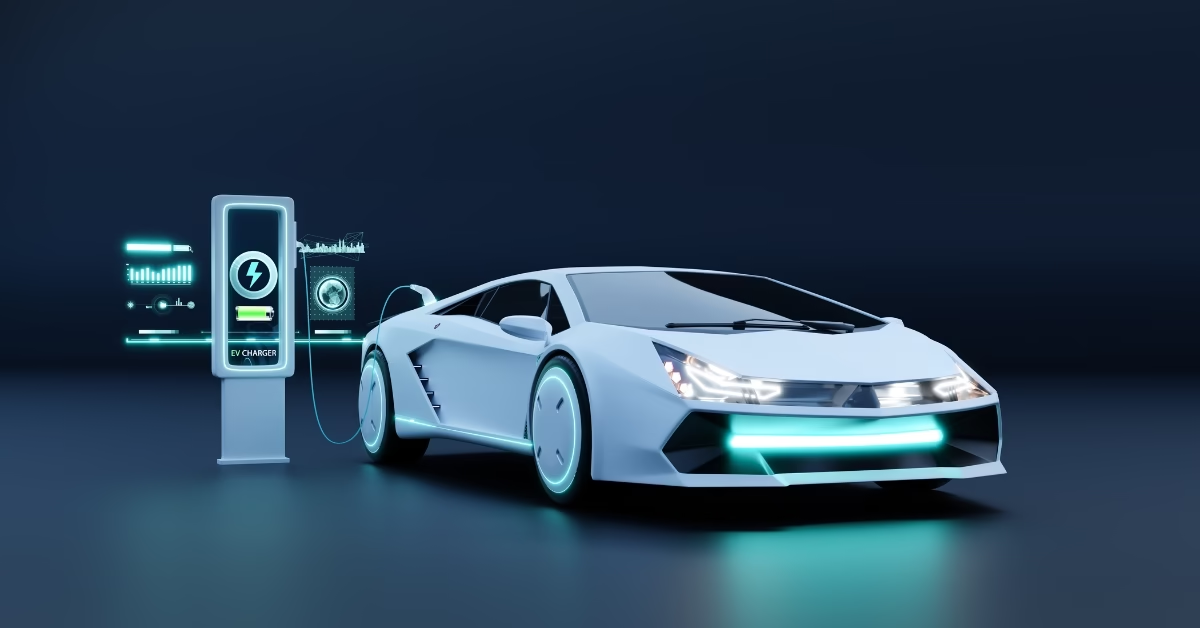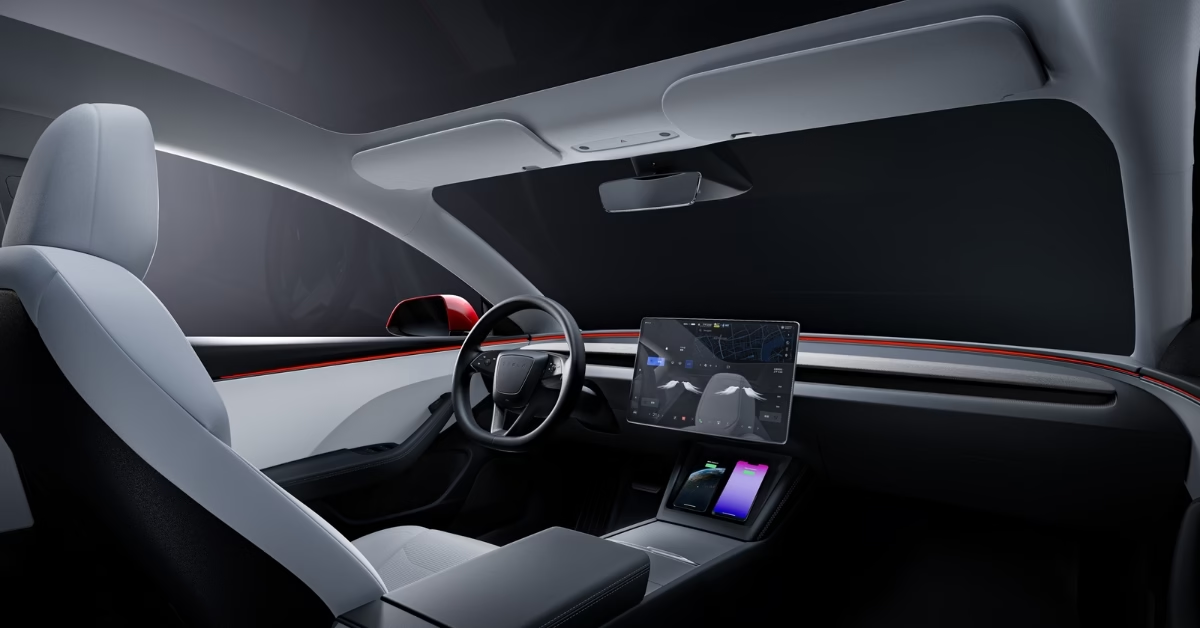Ever wondered if your car could create its own energy while slowing down? For owners of electric vehicles (EVs) and hybrids, this is not science fiction—it’s a core feature of their car’s design.
This guide will provide a clear and concise look into what regenerative braking means, explaining the concept of what is regenerative braking and how it benefits you.
We’ll cover everything from the basic principles to practical driving tips, ensuring you have a comprehensive understanding of this key technology.
Understanding Regenerative Braking

At its core, regenerative braking is a system that recovers kinetic energy—the energy of motion—that is typically lost as heat during traditional braking. Instead of just dissipating this energy, it converts it into electricity and stores it back in the vehicle’s battery.
The fundamental difference from traditional braking is simple: friction vs. regeneration. Traditional brakes use friction between pads and rotors to slow the vehicle, creating heat as a byproduct. In contrast, regenerative braking uses the electric motor to slow the car down, effectively reversing the flow of energy to charge the battery. This is an efficient way to recover energy that would otherwise be wasted, and it’s a key reason why EVs and hybrids are so efficient.
Regenerative Braking Explained: How It Works Step by Step

The process of regenerative braking relies on a few key components working in unison: the electric motor, the battery system, and the vehicle’s control system.
The process unfolds in these simple steps:
- Deceleration Triggers the System: When you lift your foot off the accelerator or apply a small amount of pressure to the brake pedal, the vehicle’s control system detects deceleration.
- Motor Becomes a Generator: The control system instructs the electric motor to reverse its function. Instead of using electrical energy to turn the wheels and move the car, the wheels now turn the motor.
- Energy Is Converted: As the motor is turned by the wheels, it acts like a generator, converting the car’s kinetic energy into electrical energy. This is a perfect example of energy conversion in action.
- Energy Is Stored: The newly generated electricity is sent through an inverter and into the battery pack, where it is stored for later use. This is how the system captures energy from regenerative braking.
A helpful analogy is a bicycle dynamo. As you pedal, the dynamo uses your kinetic energy to power a light. When you stop pedaling, the light goes out. Regenerative braking is similar, but instead of a light, it’s recharging your car’s battery.
When Does Regenerative Braking Occur? Key Driving Scenarios
For most drivers, when does regenerative braking occur is a matter of instinct. The system is designed to activate automatically in several scenarios:
- Coasting: Lifting your foot off the accelerator pedal is the most common way to activate the system. The motor begins to slow the car down, and the recovered energy flows back to the battery.
- Light Braking: On most EVs and hybrids, the initial pressure on the brake pedal primarily engages regenerative braking before the traditional friction brakes are activated for more forceful stops. This is often referred to as “one-pedal driving.”
- Downhill Driving: When driving downhill, gravity assists in keeping the wheels turning, allowing the motor to continuously act as a generator and recharge the battery.
It’s important to note that the effectiveness of regenerative braking has its limits. It is less effective at high speeds or when the battery is already at or near full charge, as there is little capacity to store more energy.
Benefits of Regenerative Braking
The advantages of regenerative braking go beyond just recapturing energy.
- Extended Driving Range & Energy Efficiency: By converting kinetic energy into usable electricity, the system adds miles to your range, making every drive more efficient.
- Reduced Brake Wear: Since the electric motor handles much of the braking, there is less reliance on the traditional friction brakes. This translates to significantly reduced wear on brake pads and rotors, leading to lower maintenance costs and less frequent brake replacements.
- Environmental Impact: Less energy wasted and reduced brake dust contribute to a cleaner, more sustainable form of transportation.
- Smoother, Quieter Driving Experience: The gradual, motor-based deceleration can feel much smoother than traditional braking, providing a more comfortable ride.
Regenerative Braking vs Traditional Braking
While they share a purpose, regenerative braking and traditional braking are fundamentally different. Friction brakes rely on pads clamping down on rotors, converting a car’s kinetic energy into wasted heat. They are powerful, reliable, and necessary for hard stops and emergency situations.
| Feature | Regenerative Braking | Traditional Braking |
| Efficiency | High (recovers energy) | Low (wastes energy as heat) |
| Wear & Maintenance | Low (reduces brake wear) | High (requires frequent pad/rotor replacement) |
| Slowing Method | Uses the electric motor as a generator | Uses friction between pads and rotors |
| Primary Use | Gradual deceleration, coasting, light braking | Hard stops, emergencies, and full stops |
Most EVs and hybrids use a blended system, where the car’s computer seamlessly transitions from regenerative to friction braking as needed to ensure safety and efficiency.
Practical Tips for EV and Hybrid Owners
To maximize your vehicle’s energy recovery, consider these driving techniques:
- Master “One-Pedal Driving”: By gradually lifting your foot off the accelerator instead of mashing the brake, you can maximize the amount of energy you recover.
- Anticipate Stops: Look ahead in traffic to anticipate when you’ll need to slow down, giving the regenerative braking system more time to work.
- Monitor Your Battery: Be aware that the system is less effective when your battery is fully charged, as there’s no more space to store recovered energy.
The Future of Regenerative Braking Technology

The evolution of regenerative braking is ongoing. Future innovations will likely include more powerful and responsive motors for even greater energy recovery, as well as the integration of AI to predict traffic and terrain, automatically adjusting the system for optimal efficiency. As technology advances, we may see this system expand beyond just cars, influencing the design of public transport, bicycles, and even industrial machinery.
FAQs About Regenerative Braking
Is regenerative braking the same as normal braking?
No, it’s not. Regenerative braking is the process of using the electric motor to slow the vehicle and recapture energy, while normal (or friction) braking uses pads and rotors to create friction and stop the car. Both systems work together in most EVs and hybrids.
Can I adjust how strong regenerative braking feels?
Yes, in many modern EVs, you can adjust the intensity of the regenerative braking effect. This is often done through a menu on the infotainment system or through paddles on the steering wheel, allowing you to choose between a gentle or more aggressive deceleration feel.
Does regen work when the battery is full?
No, regenerative braking is significantly limited when the battery is at or near 100% state of charge. The system has nowhere to store the recovered energy, so the vehicle relies almost entirely on its traditional friction brakes in this situation.
Does regenerative braking save fuel in hybrids?
Yes. In hybrid vehicles, regenerative braking captures energy that would otherwise be wasted and stores it for electric-only driving or engine assist. This reduces overall fuel consumption and increases efficiency, especially in stop-and-go traffic.
Why Understanding Regenerative Braking Matters
Now you have a clear picture of what regenerative braking is and how it functions. It’s more than just a fancy feature; it’s a fundamental part of a new, more efficient way to drive. By understanding and utilizing this technology, you’re not just slowing down—you’re actively powering your next mile.

